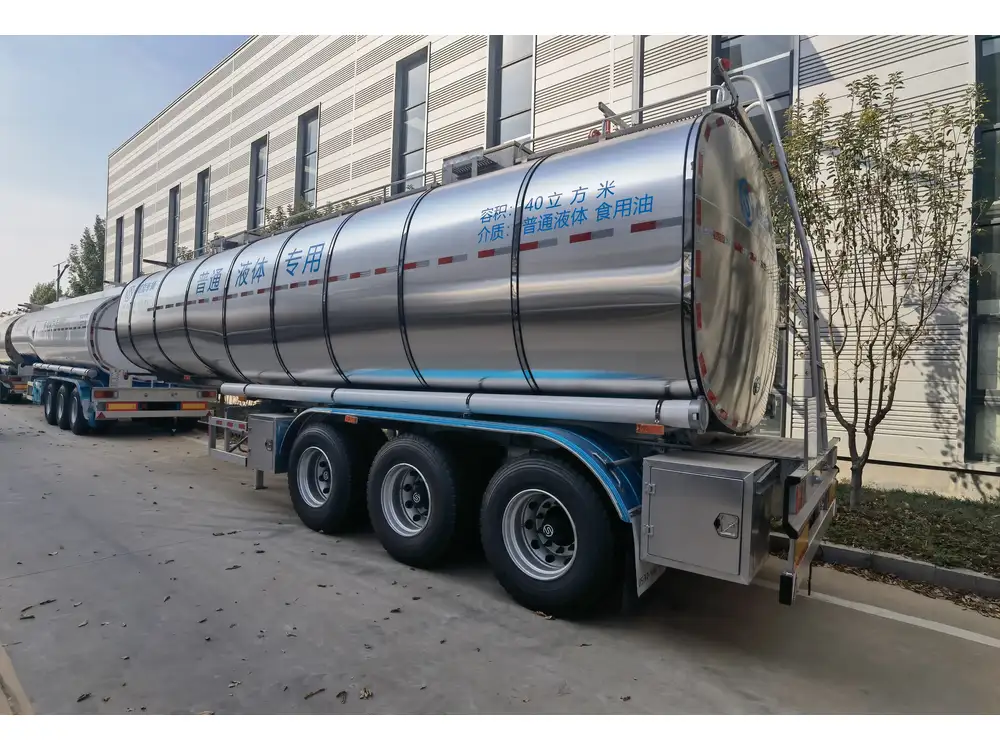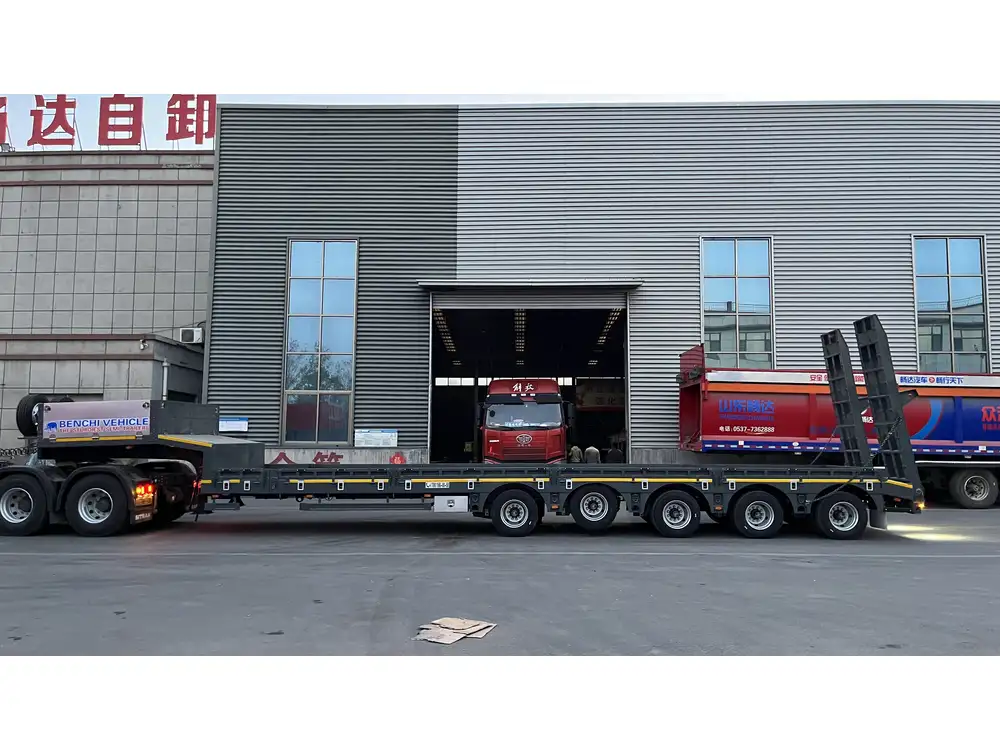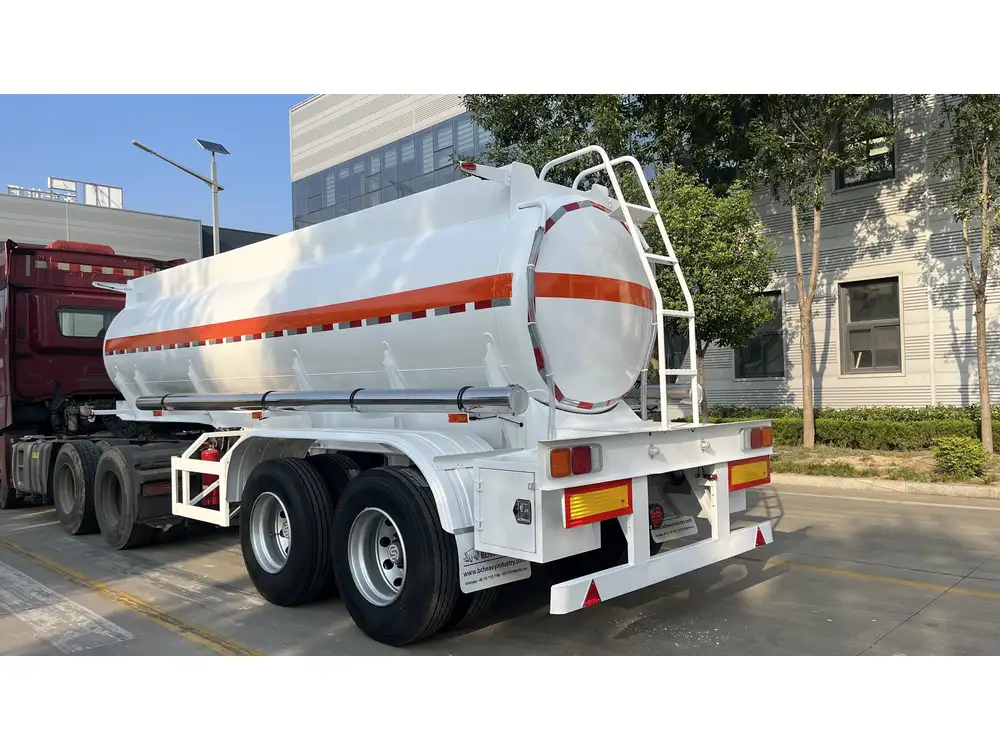Transport logistics form the backbone of the global economy, enabling goods to traverse vast distances efficiently. Among the various tools of this trade, the semi-trailer tacks a crucial role—especially the 53-foot variant. This article delves deep into the dimensions of a 53-foot trailer, focusing primarily on its width, and expands into its applications, regulatory considerations, and comparisons with other trailer sizes.
What is a 53-Foot Trailer?
A 53-foot trailer is a type of semi-trailer that measures 53 feet (approximately 16.15 meters) in length. It is predominantly used in the trucking industry for freight transportation due to its capacity to haul large loads. However, the dimensions of shipping containers, the width being a focal point, are essential to understand for optimal usage and compliance with regulations.
Dimensions Breakdown:
| Dimension | Measurement |
|---|---|
| Length | 53 feet (16.15 meters) |
| Standard Width | 102 inches (2.59 meters) |
| Height | 13.5 feet (4.1 meters) |
| Cargo Capacity | Approximately 26,000 pounds (11,793 kg) |

Standard Width of a 53-Foot Trailer
The most common width of a 53-foot trailer is 102 inches, which converts to approximately 8.5 feet, or 2.59 meters. This width allows for efficient loading and unloading while providing ample space for cargo.
Industry Standards and Regulations
The width is critical, particularly in the context of road safety regulations. In the United States, federal regulations stipulate that trailers cannot exceed 102 inches in width for interstate travel. Here’s how the 102-inch width aligns with various regulations and ensures safety:
- Federal Law Compliance: Adhering to the maximum width prevents traffic congestion and ensures that large vehicles can navigate all roads safely, including bridges and tunnels.
- State Regulations: Many states uphold the federal 102-inch standard, but it’s critical to verify local laws as some may impose stricter width restrictions for specific areas.
- Road Safety: Wider trailers can obstruct visibility and create hazards during overtaking and turning, making adherence to width regulations paramount for road safety.
Why the Width Matters
Understanding the width of a semi-trailer, such as a 53-foot model, serves multiple purposes:
- Load Optimization: Businesses engaged in logistics can calculate how much cargo to load without exceeding weight limits while maximizing volume.
- Cost Efficiency: Knowing the width helps companies determine the type of freight they can transport, which can lead to better pricing strategies and routes.
- Compatibility with Infrastructure: The dimensions ensure compatibility with loading docks, warehouses, and storage facilities, facilitating streamlined operations.

Comparing with Other Trailer Sizes
While the 53-foot trailer is a titan in freight transport, it is worthwhile to compare its dimensions with standard trailer sizes such as 48-foot and 40-foot trailers to articulate its unique position in the market.
| Trailer Type | Length | Width | Typical Cargo Capacity |
|---|---|---|---|
| 40-Foot | 40 feet (12.2 m) | 96 inches (2.44 m) | 20,000 lbs (9072 kg) |
| 48-Foot | 48 feet (14.63 m) | 102 inches (2.59 m) | 24,000 lbs (10,886 kg) |
| 53-Foot | 53 feet (16.15 m) | 102 inches (2.59 m) | 26,000 lbs (11,793 kg) |
The Utility of 53-Foot Trailers
The versatility of 53-foot trailers makes them the preferred choice for many shipping companies. Their significant cargo capacity and standard width allow for an array of applications:
1. Freight Transport
Widely used for transporting goods like:
- Consumer Goods: Clothing, electronics, and household items often shipped across long distances.
- Industrial Equipment: Machinery and heavy gear that require special care and space.
- Construction Materials: Lumber, drywall, and pre-fabricated sections.

2. Food Transport
Temperature control can be critical. Reefer trailers, a refrigerated variant of the 53-foot model, ensure perishable goods are transported safely.
3. Intermodal Transportation
53-foot trailers can be transferred onto rail or ships, symbolizing a critical component in the intermodal transportation chain. Their standard dimensions allow for seamless transfers across various transport mediums.
Key Considerations for Shippers
For businesses utilizing 53-foot trailers, awareness of certain factors can enhance operational efficacy significantly:
- Weight Distribution: Correctly distributing weight ensures safe handling during transport.
- Loading Strategies: Implementing advanced loading techniques maximizes space utilization.

Regulations and Compliance
Navigating the regulatory landscape surrounding trailer dimensions is crucial to avoid legal complications. Here’s what shippers need to keep in mind:
- Permits: Certain loads might necessitate special permits, especially when carrying oversized cargo or when traveling through counties with stricter regulations.
- Width Restrictions: When operating in urban areas, wider trailers may face further scrutiny, emphasizing the need for thorough planning.
Additional FAQs
How Do I Measure the Width of My 53-Foot Trailer?
Measuring the width of a 53-foot trailer involves finding the widest point of the trailer, which usually is along its sides. This is typically done using a measuring tape, ensuring that the trailer is parked on a flat, level surface.

What Are the Restrictions for Wide Trailers?
Wide trailers (those exceeding 102 inches) face restrictions which may include:
- Specific Travel Times: Some jurisdictions only allow wide loads to travel during off-peak hours.
- Dedicated Routes: Routes may be assigned to ensure that wide loads avoid narrow bridges or roads.
Can I Use a 53-Foot Trailer for Local Deliveries?
Indeed, a 53-foot trailer can serve local deliveries; however, it’s crucial to ensure that the delivery points can accommodate such large vehicles. Many urban environments may pose challenges due to narrow streets or limited loading areas.
Conclusion
The functionality and versatility of a 53-foot trailer are irrefutable. With a standard width of 102 inches, it aligns with industry regulations while providing ample cargo space across various sectors. For businesses invested in logistics, understanding the dimensions—including the width—facilitates improved planning, ensuring compliance and ultimately enhancing operational efficiency.
In a world where transportation is pivotal to economic success, harnessing the capabilities of a 53-foot trailer can offer competitive advantages that are crucial for thriving in the shipping landscape.
For further inquiries on how to optimize your freight logistics using semi-trailers, please reach out to our expert team who are devoted to providing personalized solutions tailored to your needs.



